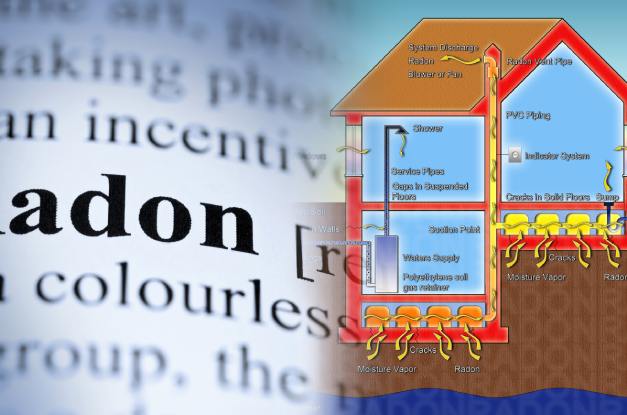You may have heard about radon, an invisible, odorless gas that can seep into homes from the ground. Since it’s a known cause of lung cancer, safeguarding your home is a crucial part of maintaining a healthy living environment. A radon mitigation system, which includes a special fan, is the most effective way to protect yourself and your family. Before installing a radon fan in your home, our guide will walk you through key considerations to contemplate.
Understanding Radon Fans
A radon fan is the engine of a radon mitigation system. It works by creating a vacuum beneath your home’s foundation, pulling radon gas from the soil, and venting it safely outside where it can disperse. This process, known as active soil depressurization, significantly reduces radon levels in your living spaces.
There are two primary types of radon fans. An inline fan is common for attics, garages, or basements, and connects to a pipe system that runs from beneath your foundation to the outdoors. An exterior fan mounted on the outside of your home can be a good option if you have limited interior space for the system. The right choice depends on your home’s construction and your specific needs.
Key Factors Before Installation
Before you install a fan, you must first understand the situation in your home. Key considerations when installing a radon fan in your home include your property’s radon levels, where you’ll install the fan, and energy requirements for the system.
Your Home’s Radon Levels
The first step is always to test for radon. You can use a simple do-it-yourself test kit or hire a professional to measure the levels. The Environmental Protection Agency (EPA) recommends acting if your radon level is four picocuries per liter (pCi/L) or higher. Knowing your specific level helps a professional determine the right size and type of fan your home needs.
Existing Mitigation Systems
Some newer homes include passive radon systems, which feature pipes that vent radon without a fan. If you have a passive system but your radon levels are still high, adding a fan is a straightforward and effective upgrade to make the system active and more powerful.
Installation Location
The placement of the radon fan and its piping is critical. The system must exhaust the gas above the roofline, away from windows or doors, to prevent it from re-entering your home. A certified radon mitigator will identify the best location, balancing safety and aesthetics, to confirm the system functions properly without being an eyesore.
Energy Requirements
Radon fans run continuously to provide constant protection, so they will add to your home’s electricity usage. How much power a radon fan uses will depend on the exact model, so choosing one that fits your home’s size is important for your energy bills. Your installer can provide details on the energy consumption of the specific model recommended for your home.
Protect Your Home and Health
Installing a radon fan is a proactive step toward ensuring your home’s air is safe to breathe. If you’ve discovered high radon levels in your home, don’t wait. Consult a certified radon mitigation professional to discuss the best fan and system for your property.






